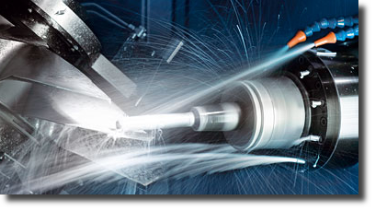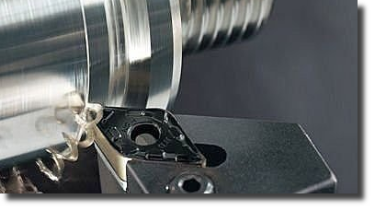- Definitionmfg Machine Shop
Main menu:
- WHO WE ARE
- Separator 2
- CAPABILITIES
- Separator 1
- EQUIPMENTS
- Separator 3
- QUALITY
- Separator 4
- CONTACT US


CNC Milling has several advantages over other manufacturing processes. It is cost effective for short runs. Complex shapes and high dimensional tolerances are possible. Smooth finishes can be achieved. CNC milling can produce almost any 2D or 3D shape provided that the rotating cutting tools can reach the material to be removed. Examples of CNC milled parts include engine components, mold tooling, complex mechanisms, enclosures, etc.
CNC Milling can process most rigid materials including most metals: Aluminum, Stainless Steel, Copper, Steel, lt Brass, Titanium, Sterling Silver, Bronze, etc.
And hard plastics and other materials: Nylon, Acetal, Polycarbonate, Polystyrene, lt Acrylic, Fiberglass, Carbon fiber, PTFE, ABS, lt PVC, etc.

CNC turning produces parts by "turning" rod material and feeding a cutting tool into the turning material. In CNC turning the cutter can be fed into the rotating workpiece at a variety of angles and many tool shapes can be used.
CNC turning provides an economical way to make parts that are commonly symmetrical about an axis of revolution (e.g. a chess pawn). Shapes that can be made using CNC turning include a variety of plain, taper, contour, fillet and radius profiles plus threaded surfaces. Although many turned parts use a single axis of revolution, there can be multiple axiis to allow more flexibility (e.g. camshafts). CNC turning can be combined with CNC milling and other processes to make more diverse shapes.
CNC turning can shape most rigid materials such as:
Aluminum Stainless Steel Copper Nylon Steel Acetal Polycarbonate Acrylic Brass PTFE Titanium ABS PVC
Sterling Silver Bronze